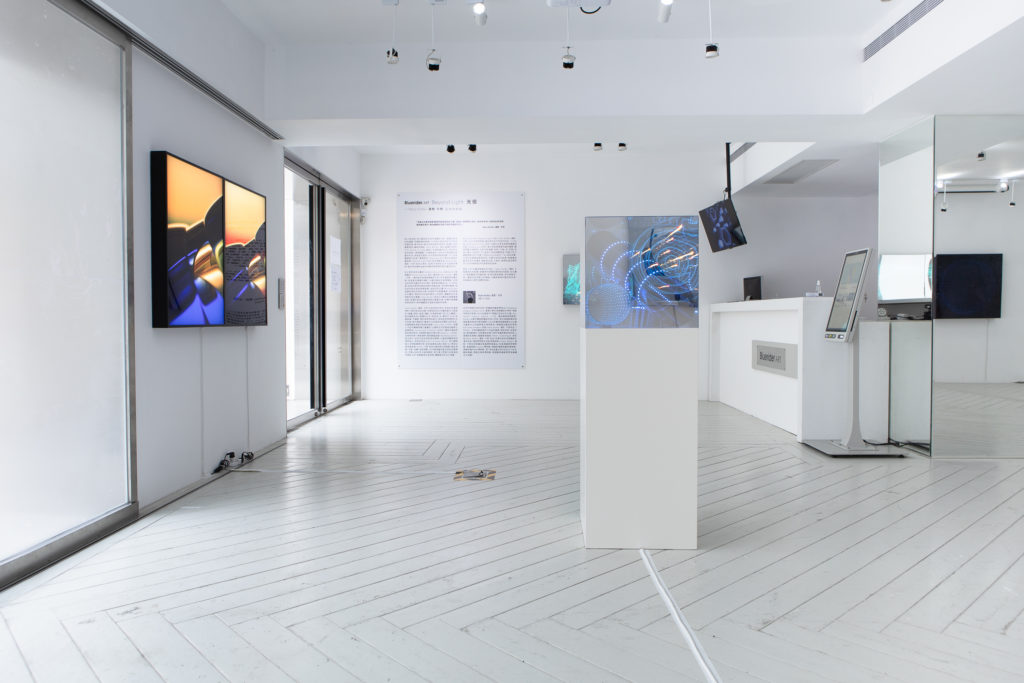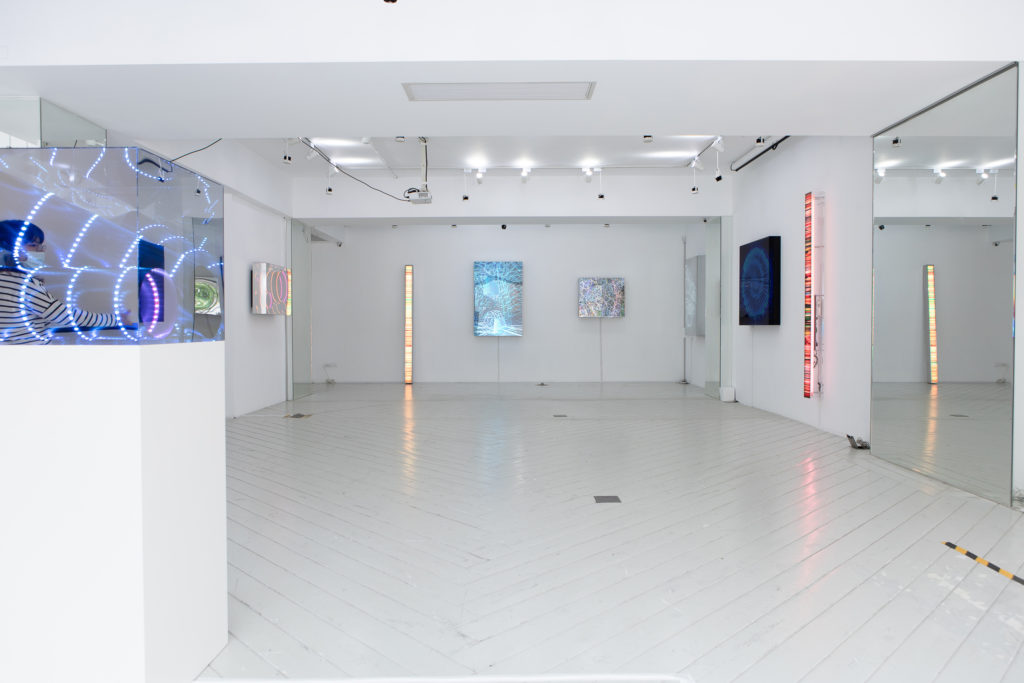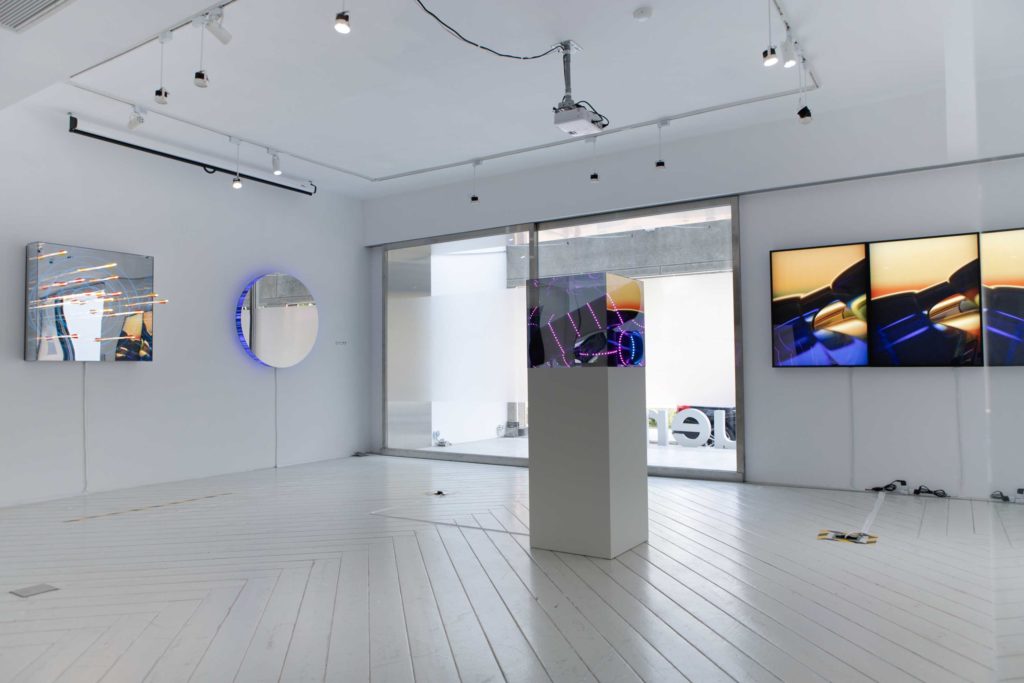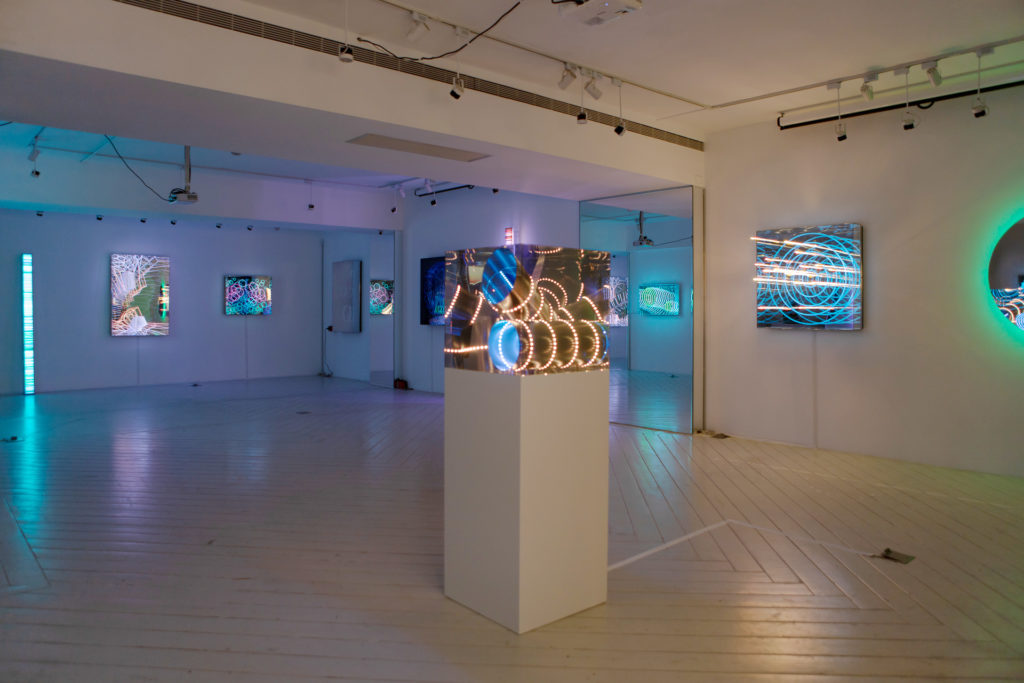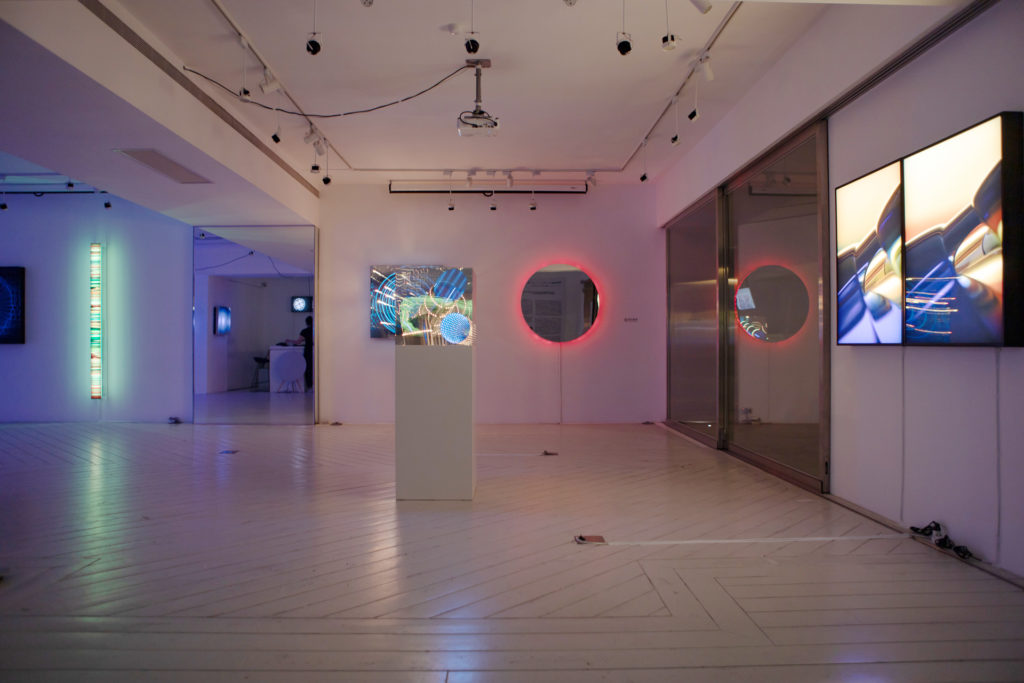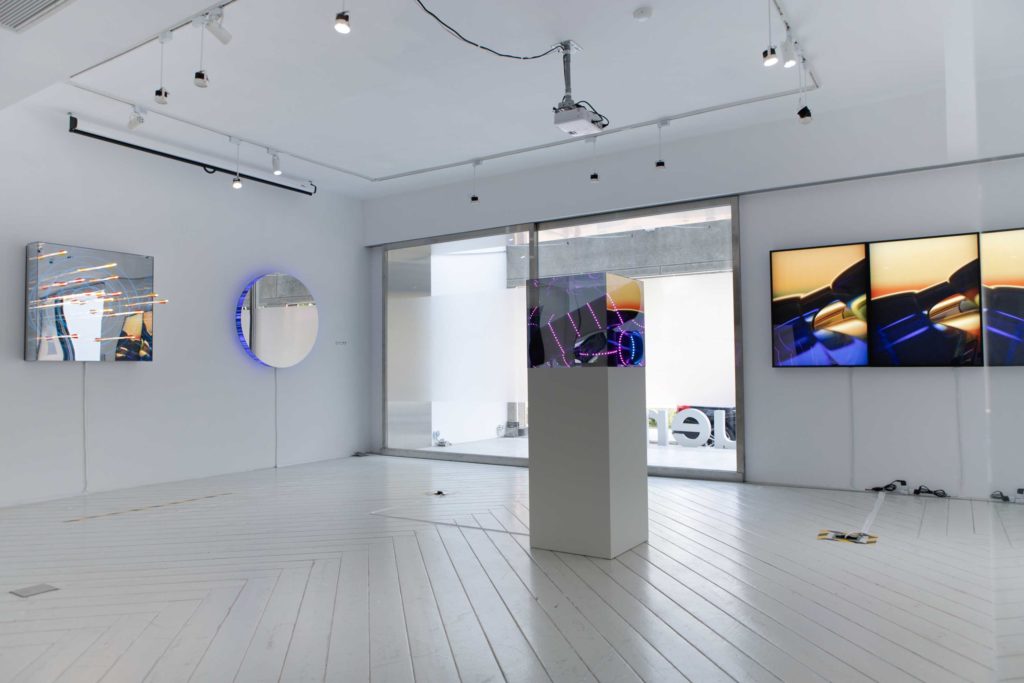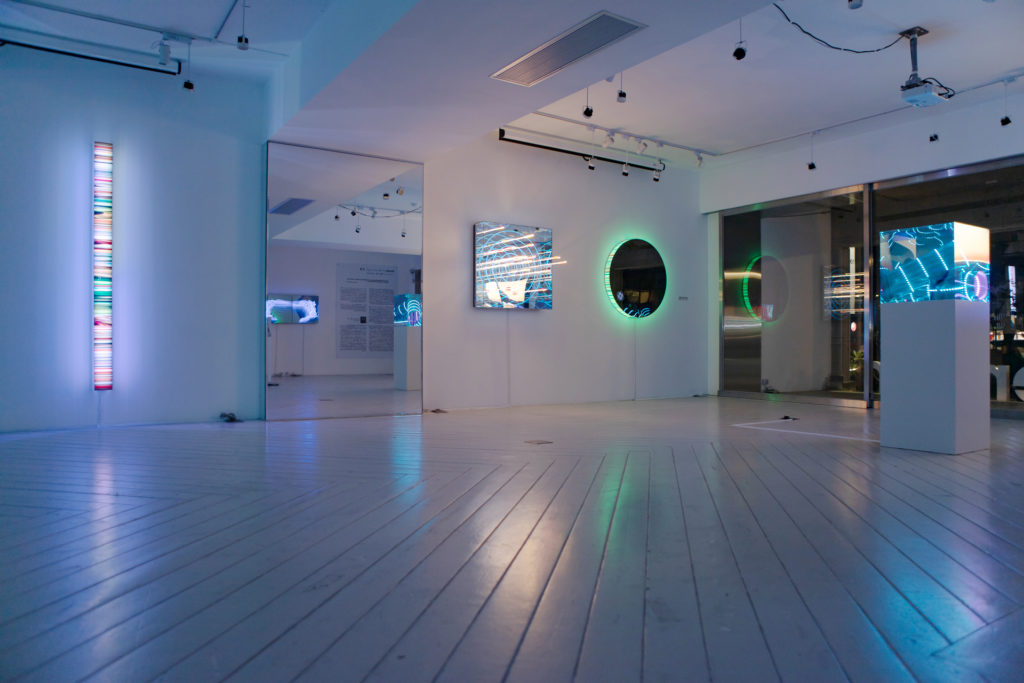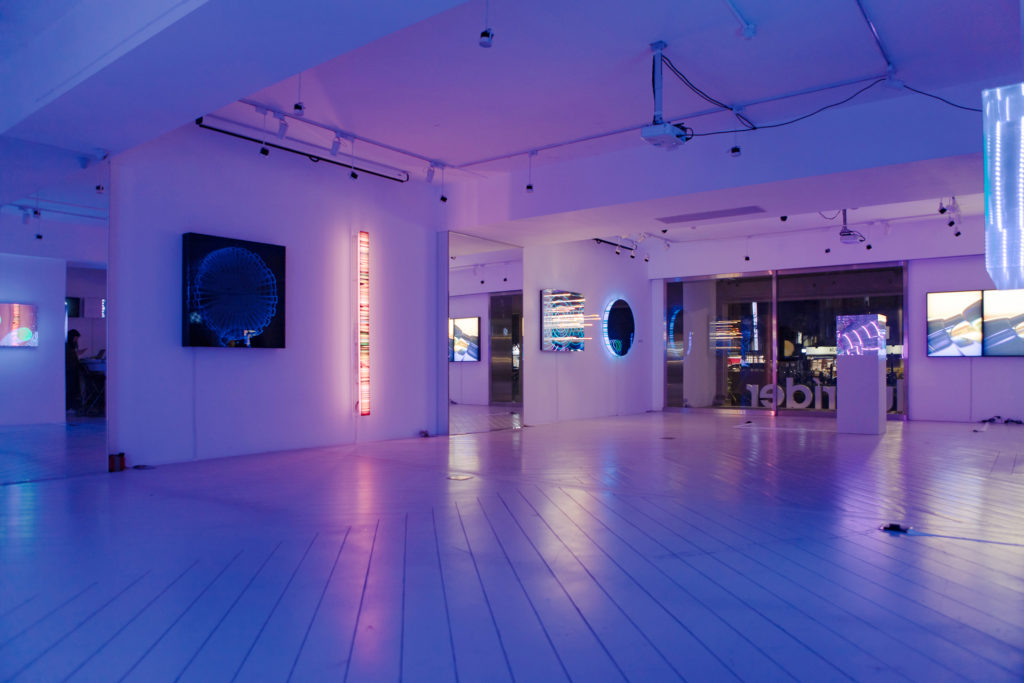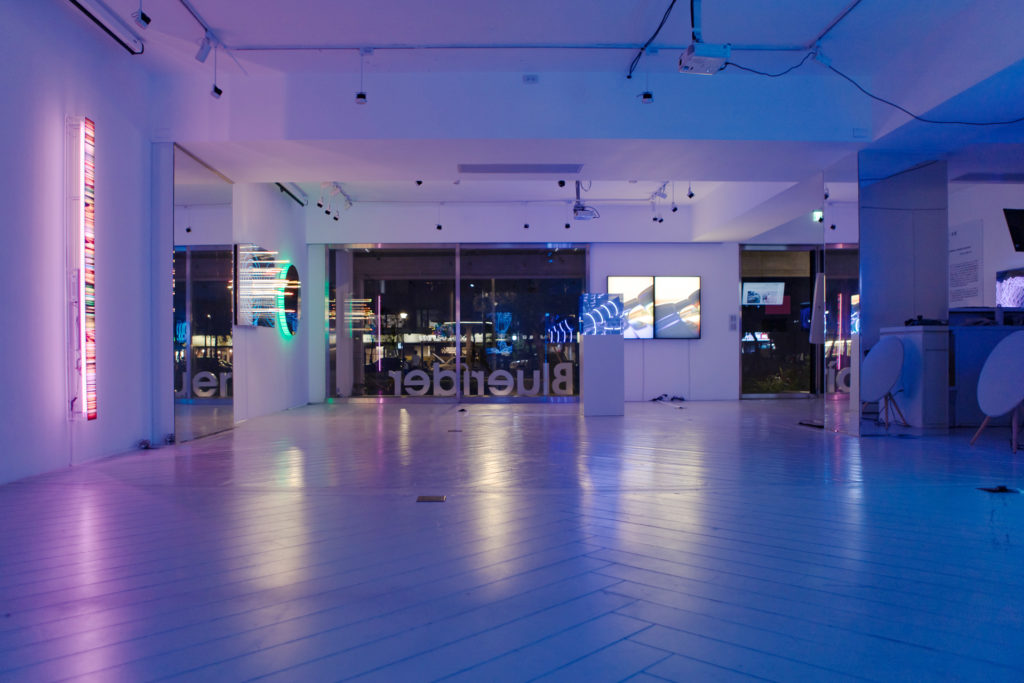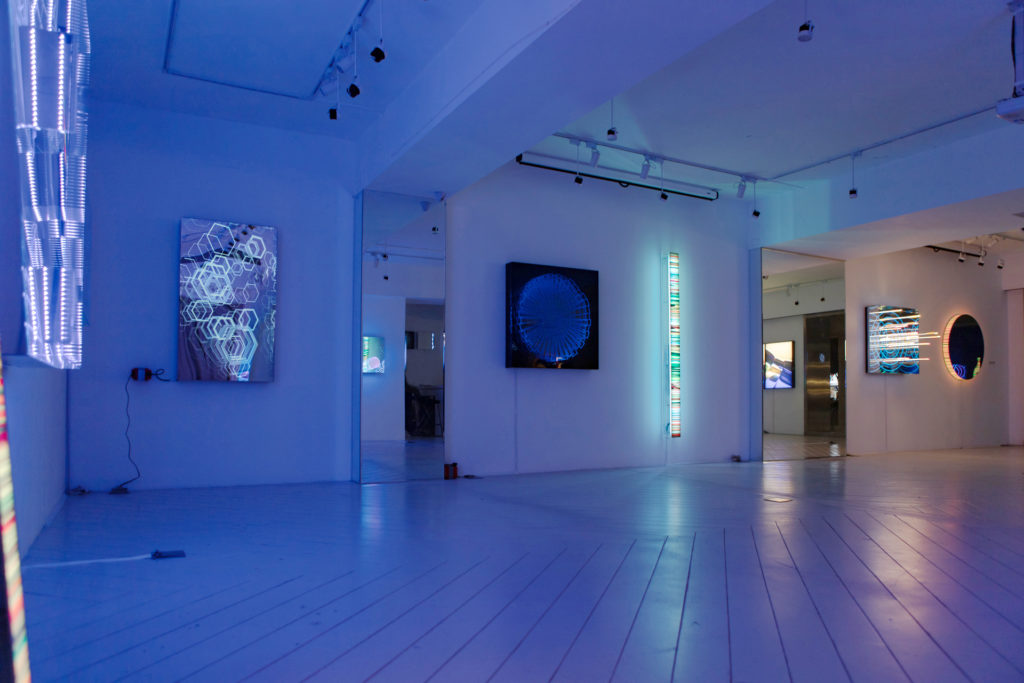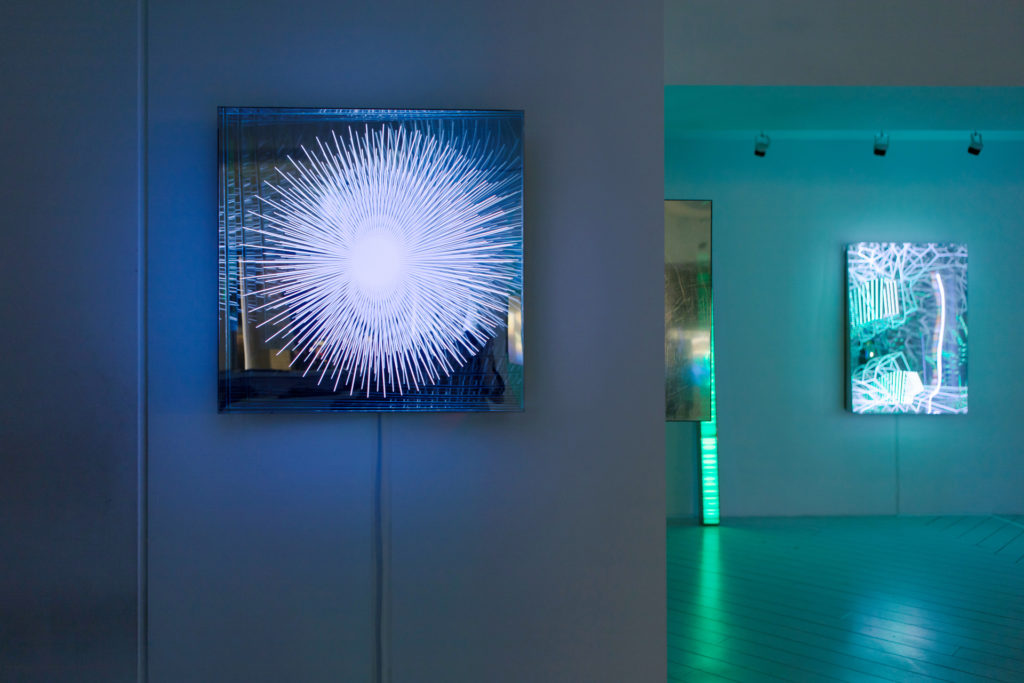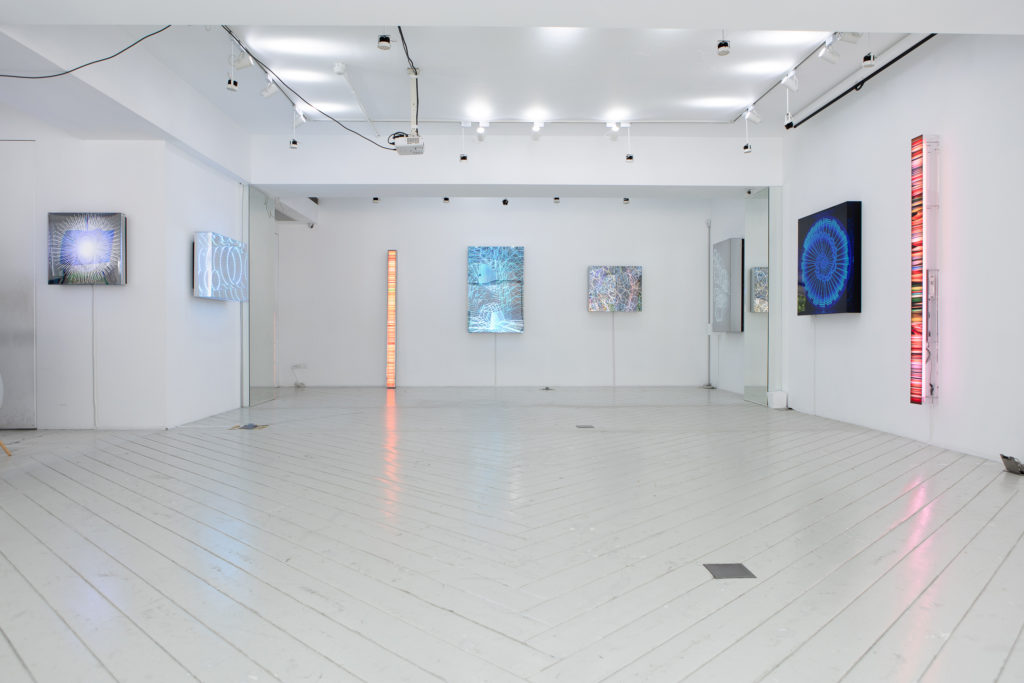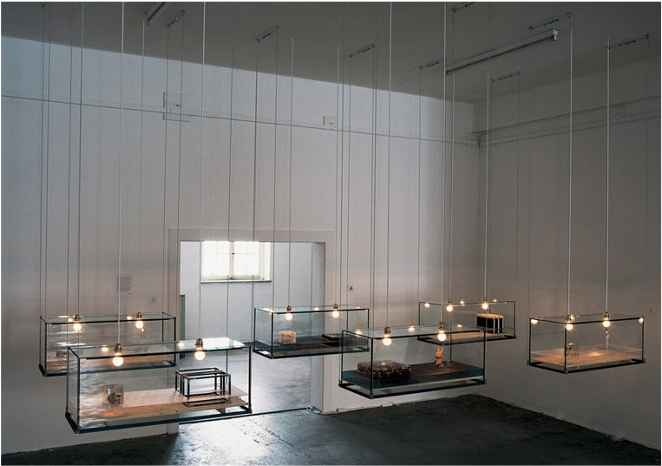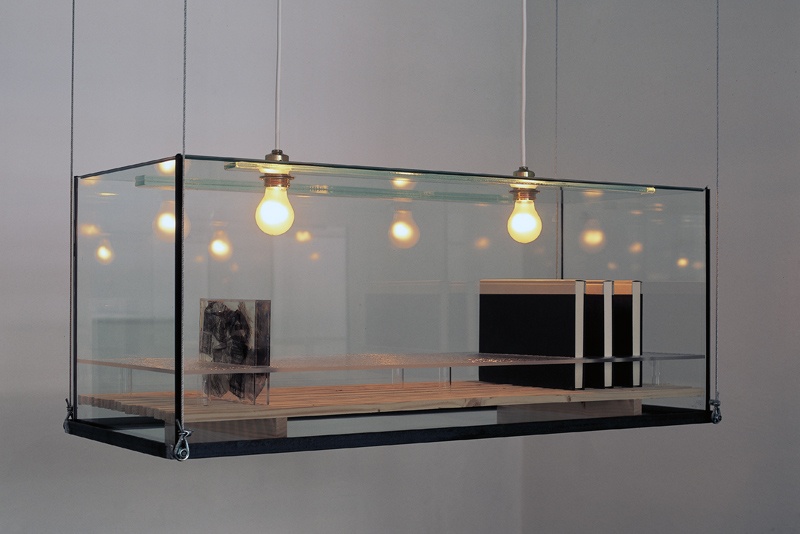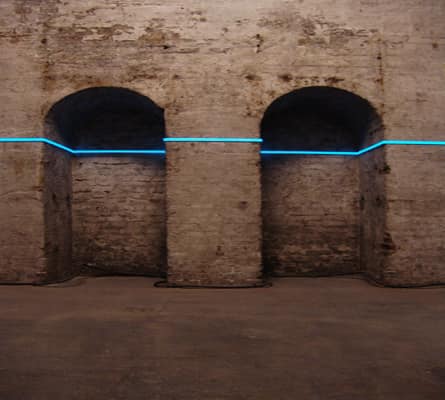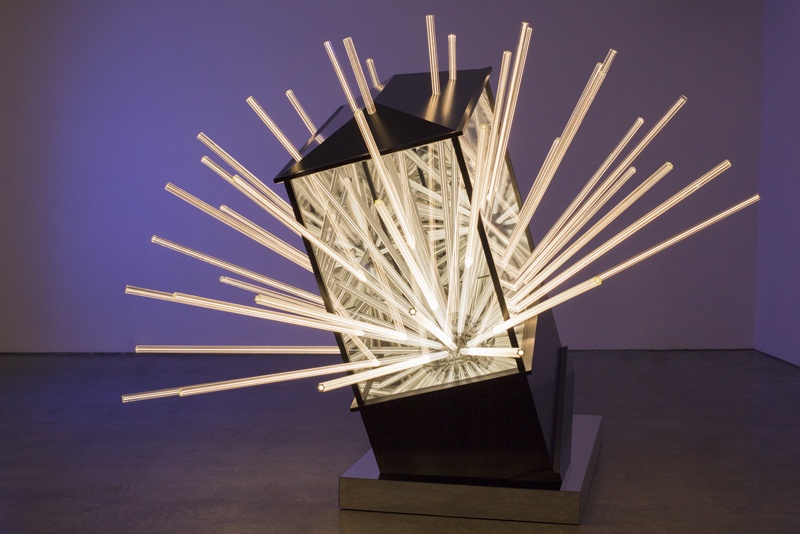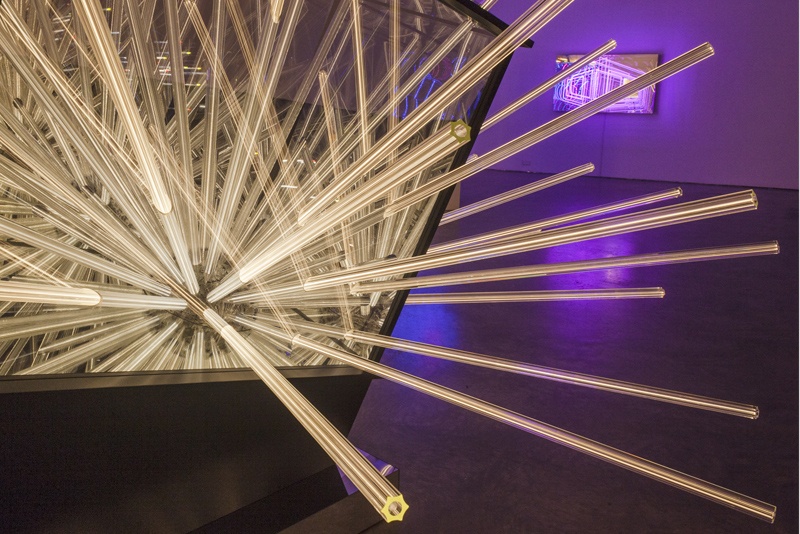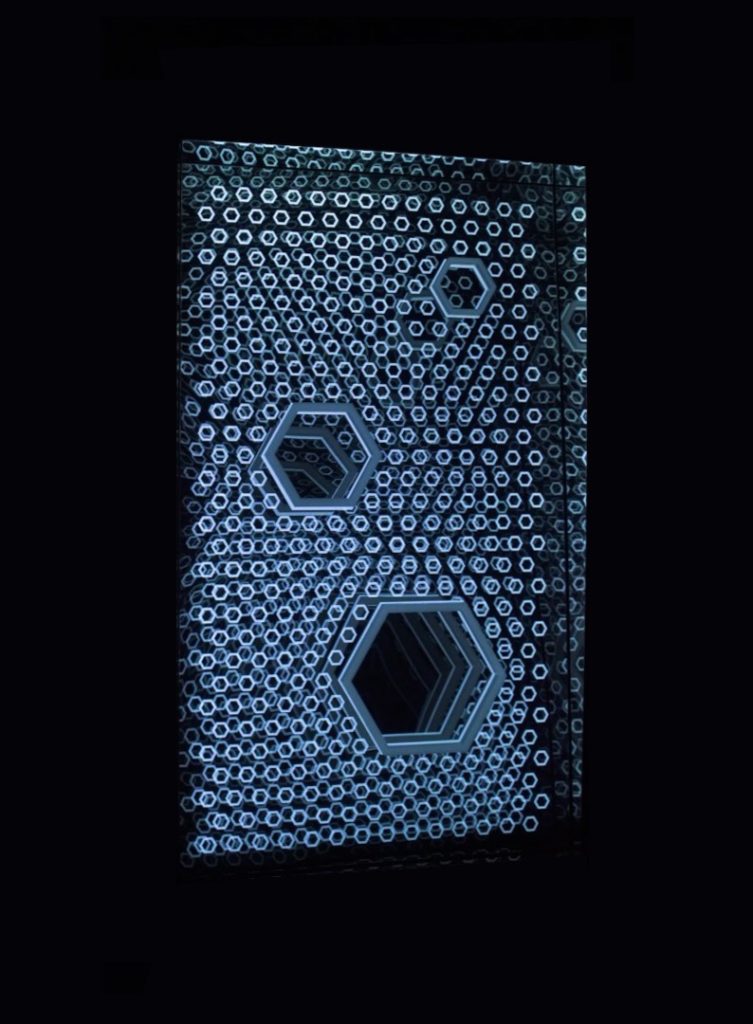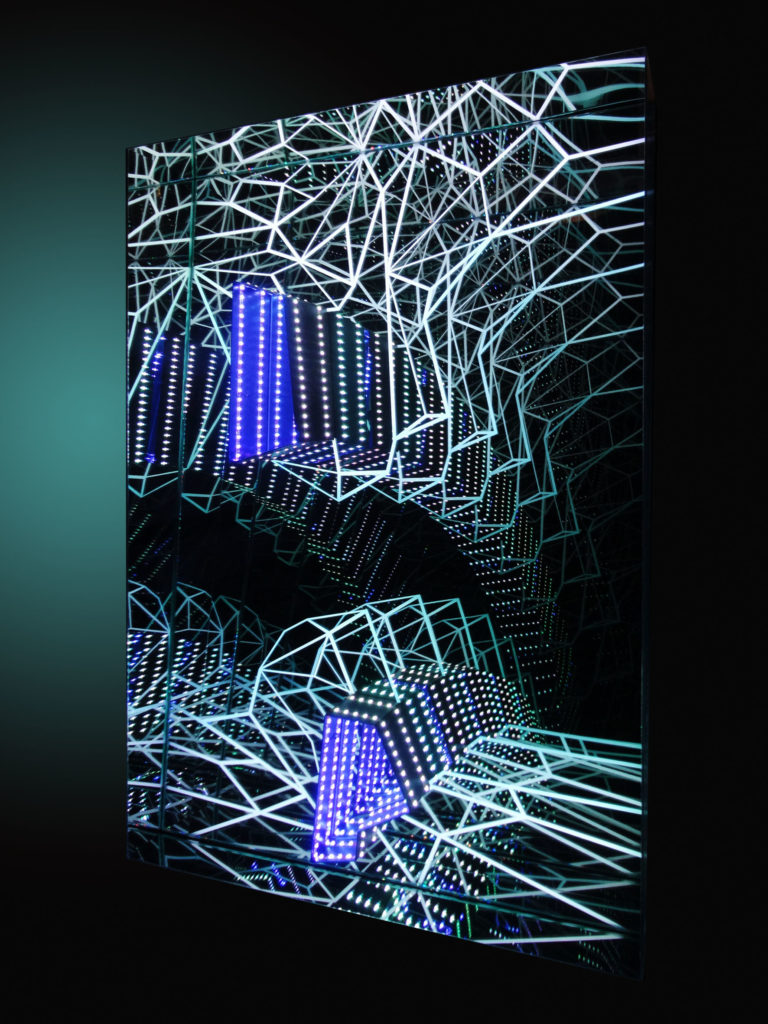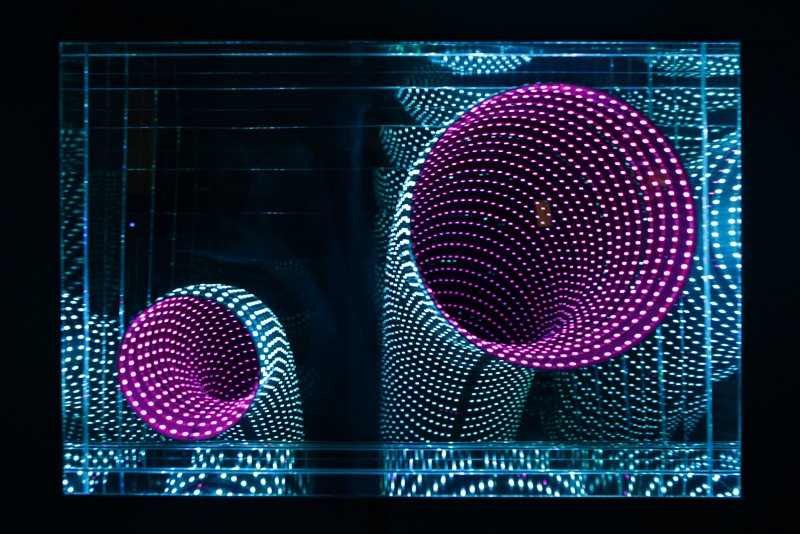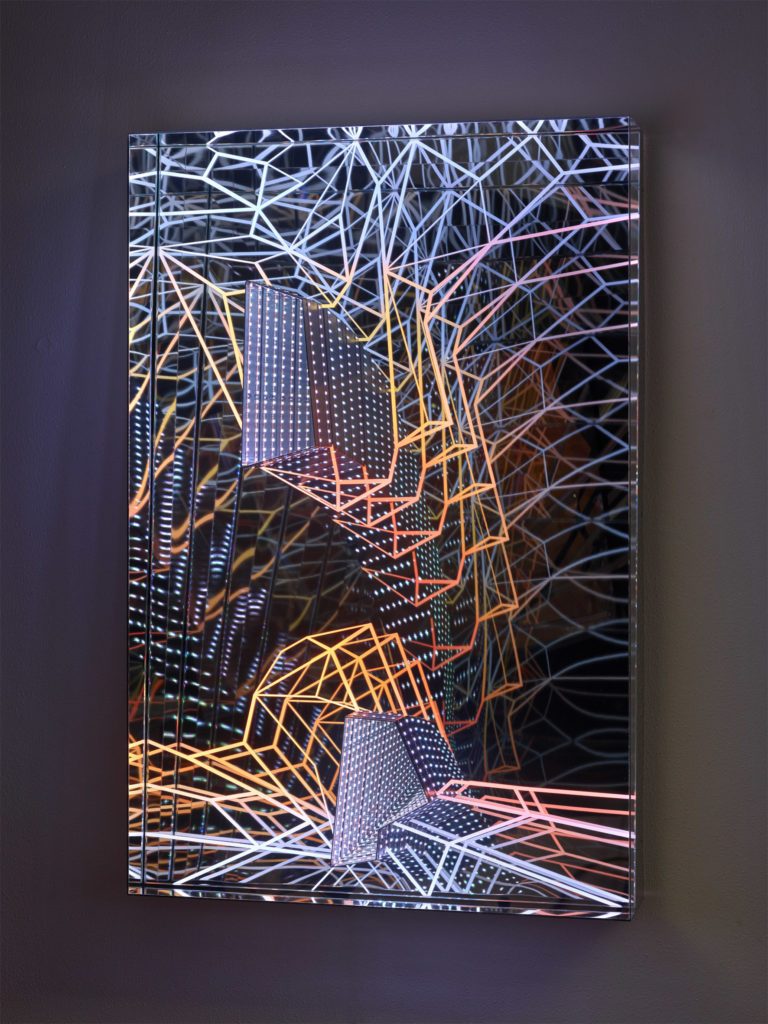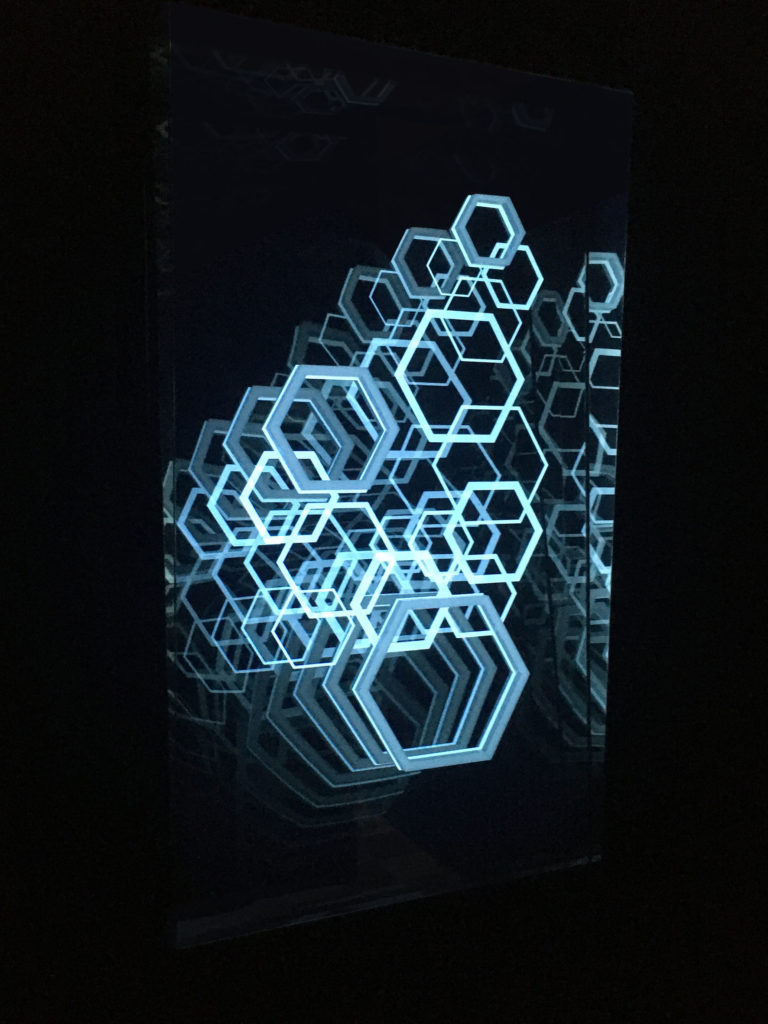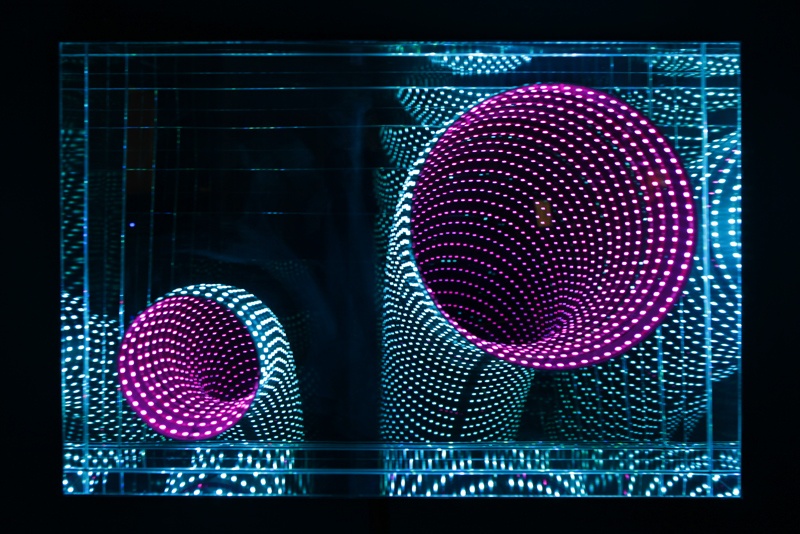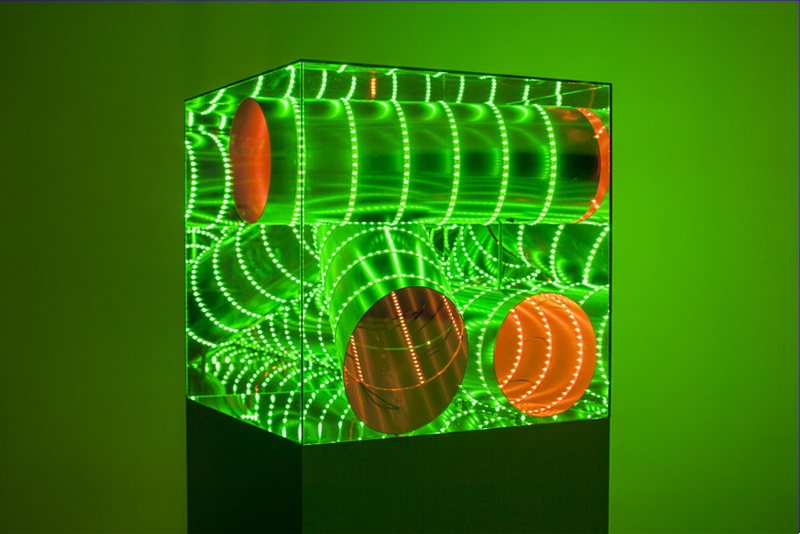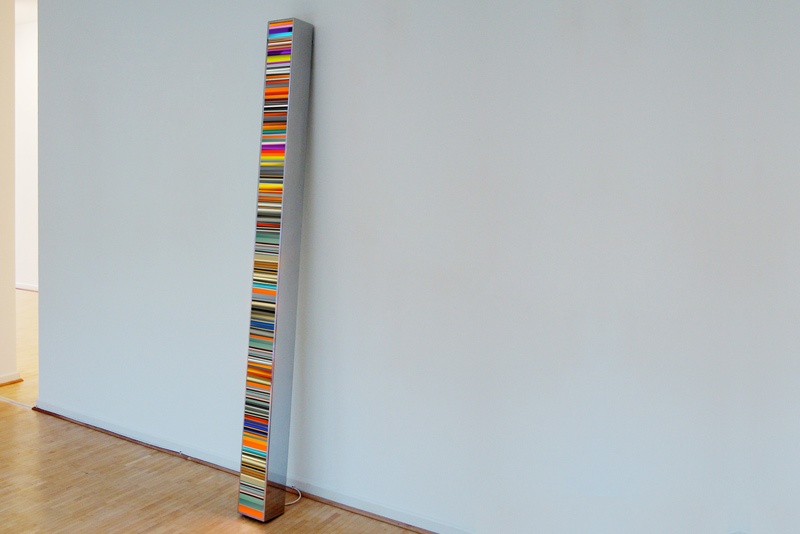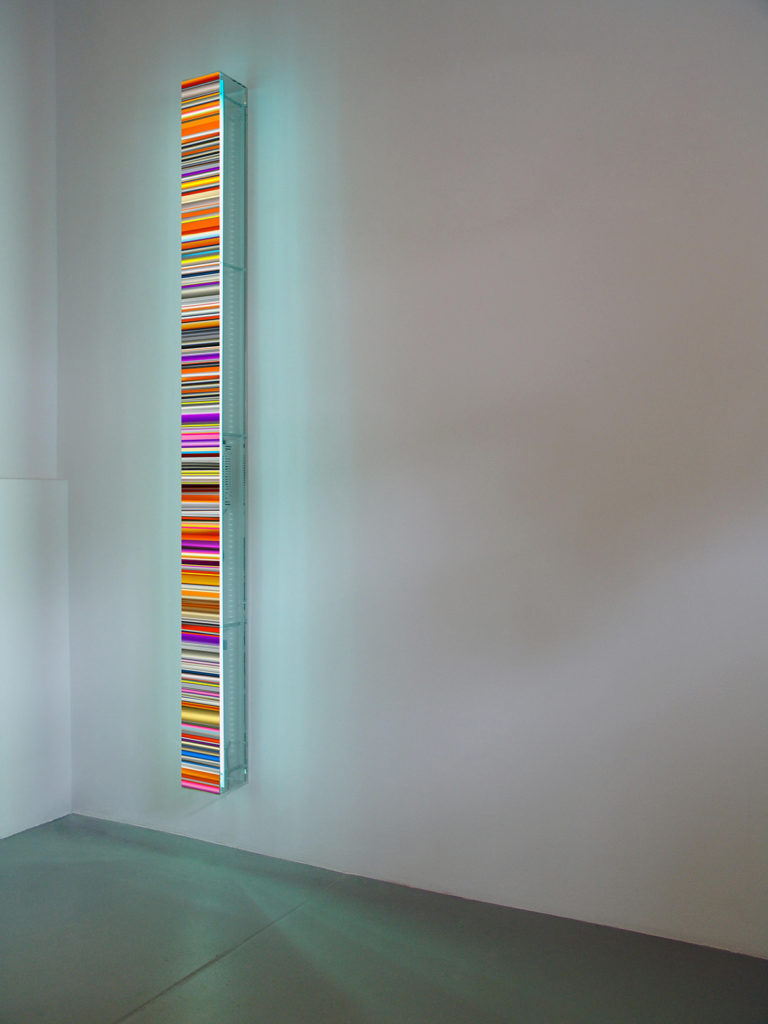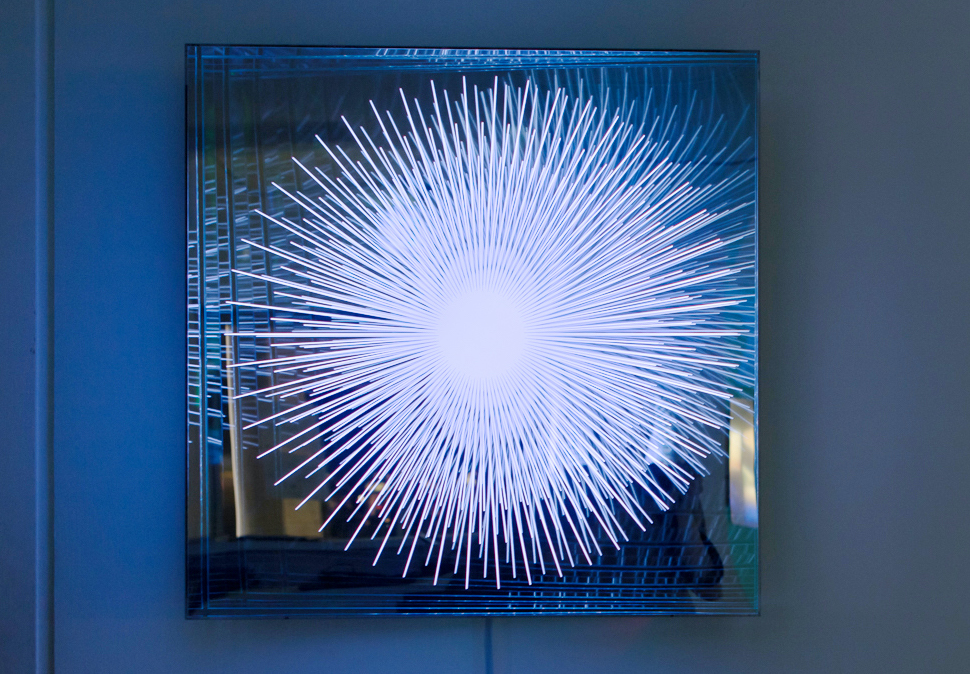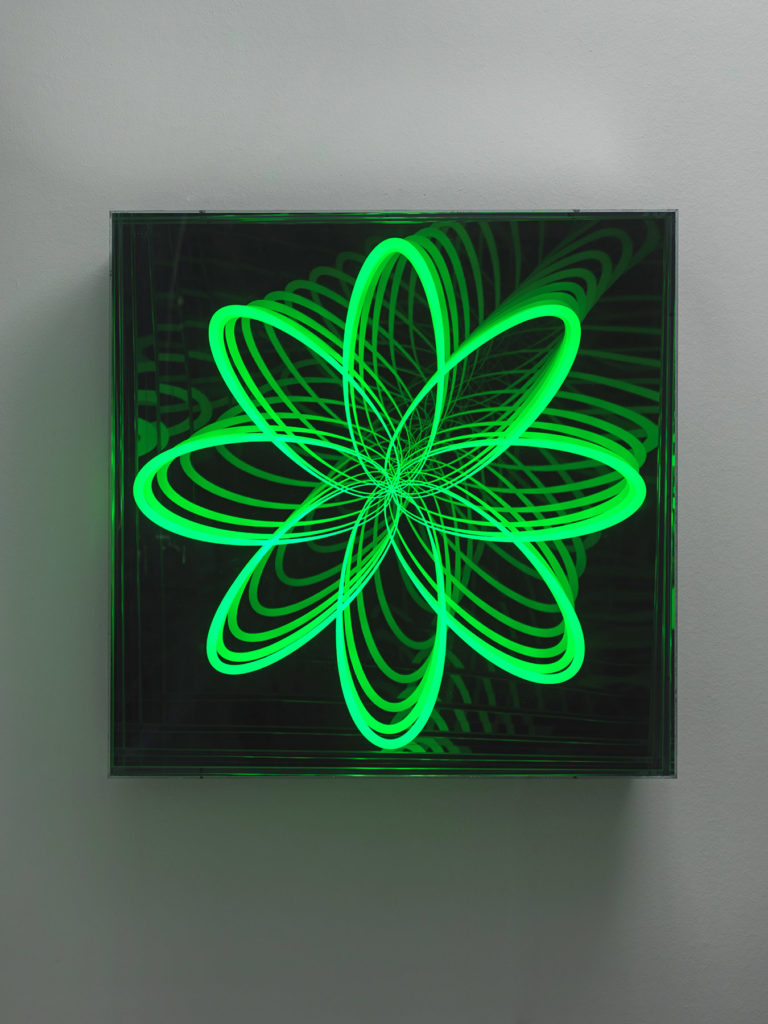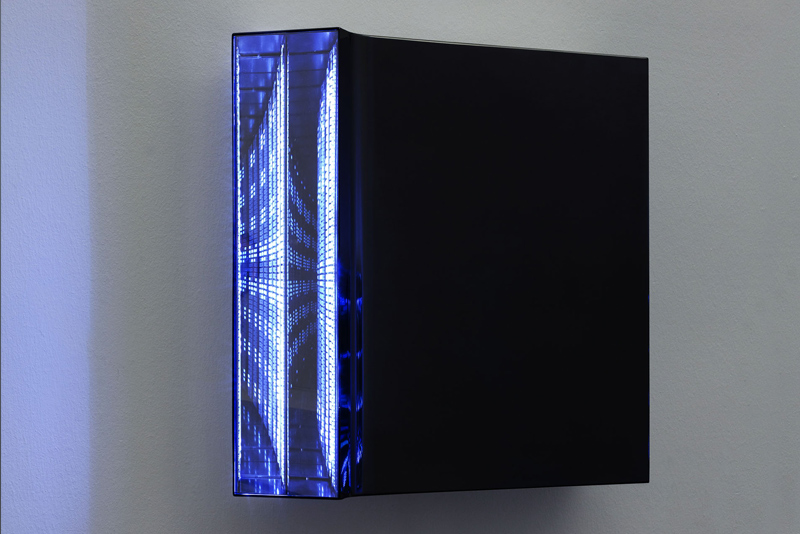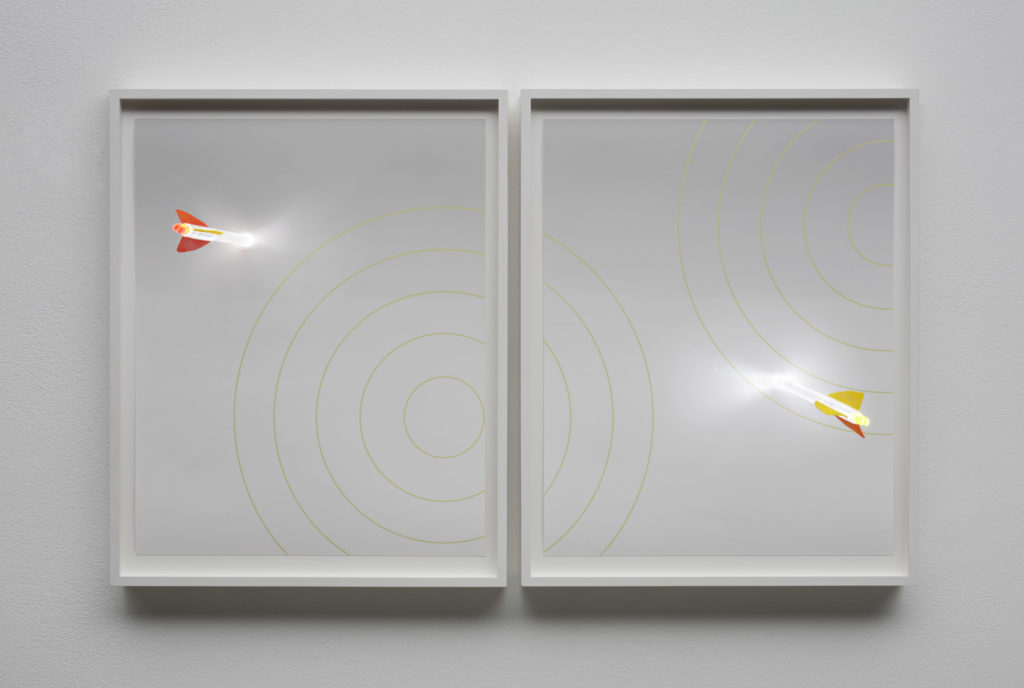看展览Exhibition
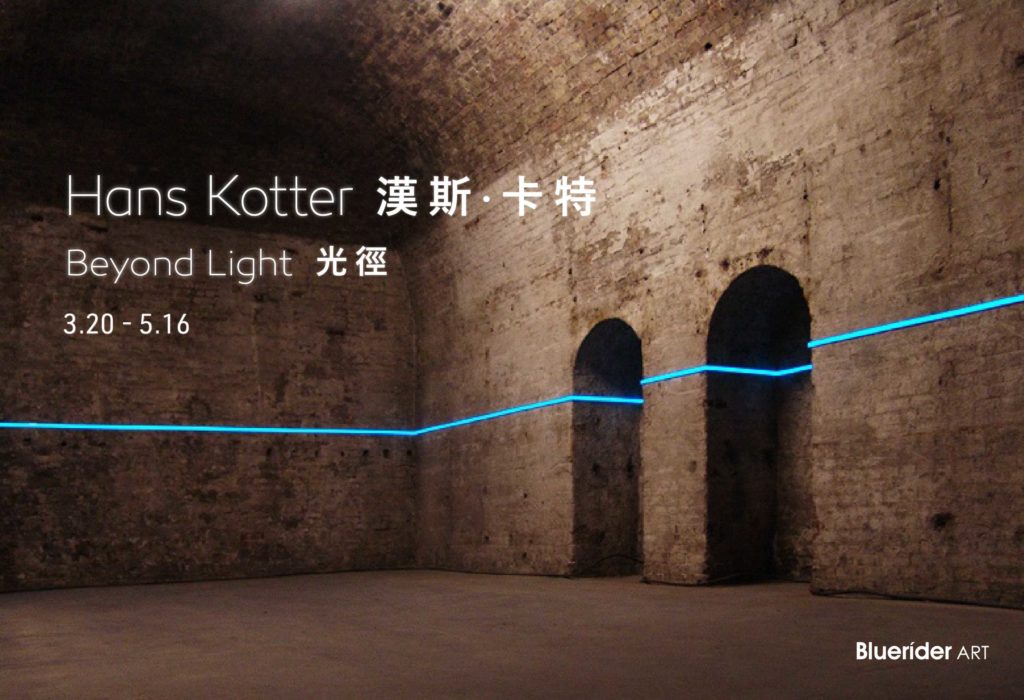

预告片 Trailer
艺术家影片Artist Video
开幕影片 Opening Video
台北·敦仁 展馆 DunRen Gallery
“Beyond Light 光径”
— Hans Kotter 汉斯.卡特 亚洲首个展
「没有比光更深刻影响我们这个星球的元素,没有光,我们将生活在一个没有形状、没有色彩的世界。我试着在其中,寻找複杂地且具可视性的艺术形式。」
– Hans Kotter 汉斯·卡特
自16世纪始,西方艺术史中的光与艺术,便一直艺术家探讨的议题,到摄影艺术发展、21世纪大城市无所不在炫目的霓虹灯、灯光科技,灯光也成为设计领域中,影响生活的重要项目。艺术评论家John Berger曾在《观看的视界》(The Sense of Sight) 描述:「光是能量的形式,是所有生命的泉源。」眼睛拦截了光线与吸收、反射光的表面产生无尽的交流,两者发生关係,在可见物中发现意义。「光」在各种媒材中扮演了重要角色。Bluerider ART推出全新灯光艺术展 「Beyond Light 光径」即呈现艺术家Hans Kotter 汉斯·卡特,如何以灯光,这个日常通俗且不可或缺的媒材,创作色彩缤纷且超乎视觉空间想像的灯光艺术作品。
从小受到未来派画家Umberto Boccioni以及 Op Art 欧普艺术Victor Vasarely吸引,艺术家 Hans Kotter 汉斯·卡特,一路的创作脉络是複杂多元的。他不断尝试各种可能,从具象的绘画到摄影、从观念艺术到装置艺术,反映出些许现代艺术流派的身影,像是欧普艺术(Op Art)的幻视,利用光学特性营造奇异的视觉效果,用特殊的线条、色彩排列组合造成视觉错觉,或是低限主义(Minimalism)强调从材料的物性出发,呈现物件的真实样貌,而非表现文化属性,开放作品自身在概念上的限制,让观众自主参与对作品的建构。 Hans Kotter汉斯·卡特认为公共艺术扮演着重要任务,是让空间成为艺术过程的重要元素,他乐于邀请观众参与其中,期待让观众在过程中感受到快乐。
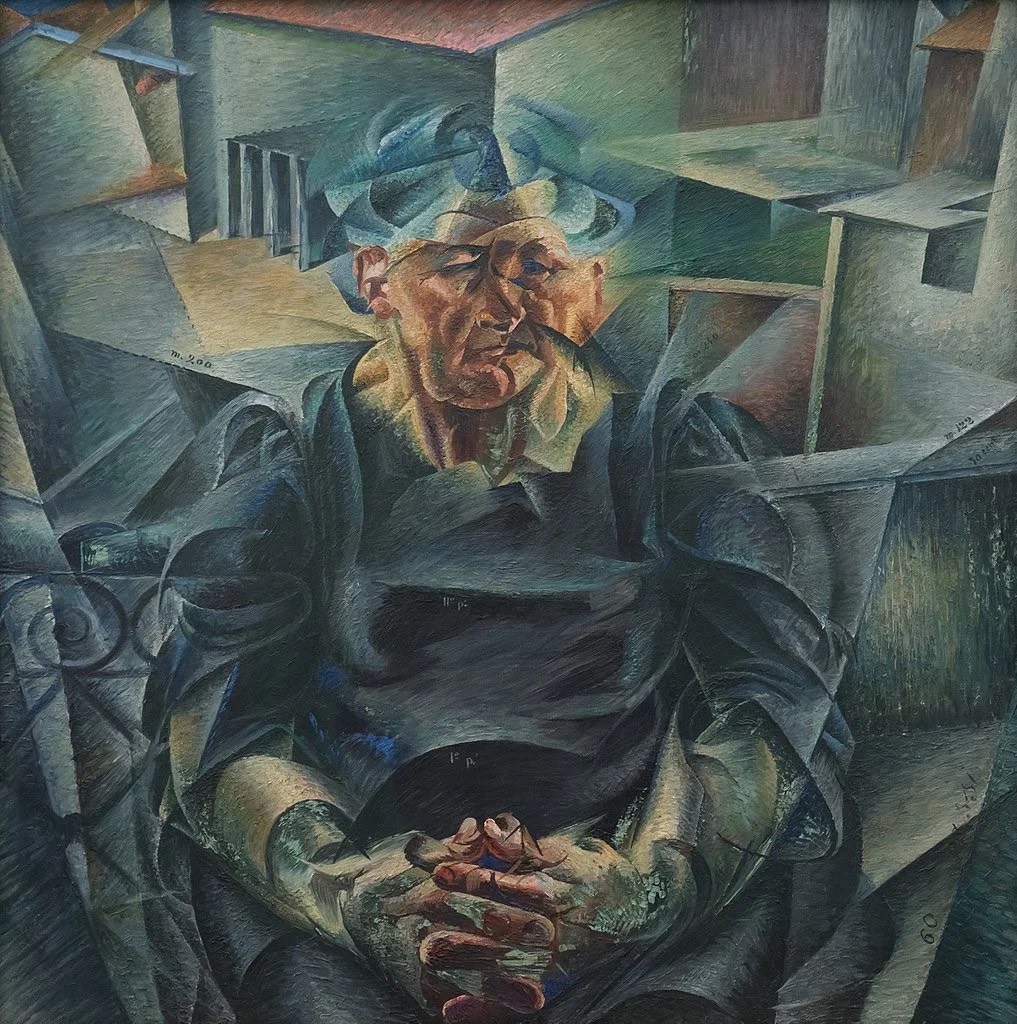

Umberto Boccioni, Volumi Orizzontali, 1911-1912
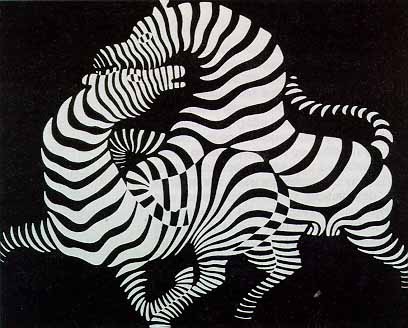

Victor Varsarely, Zebra, 1937, 52 x 60 cm
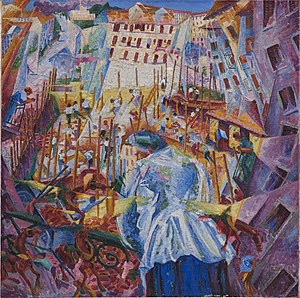

Umberto Boccioni, The street enters the house, 1912, Oil on canvas, 100cm × 100.5 cm (Sprengel Museum, Hanover, Germany) , 未来主义颂扬现代科技、速度、动力和革命,认为艺术应表现出动力的感受
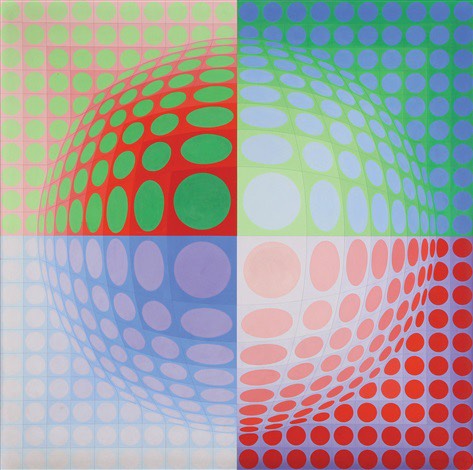

Victor Vasarely, Vega-Do, 1970, Acrylic on cardboard, 80 x 80 cm, 欧普艺术(Op Art)的幻视,利用光学特性营造奇异的视觉效果,用特殊的线条、色彩排列组合造成视觉错觉
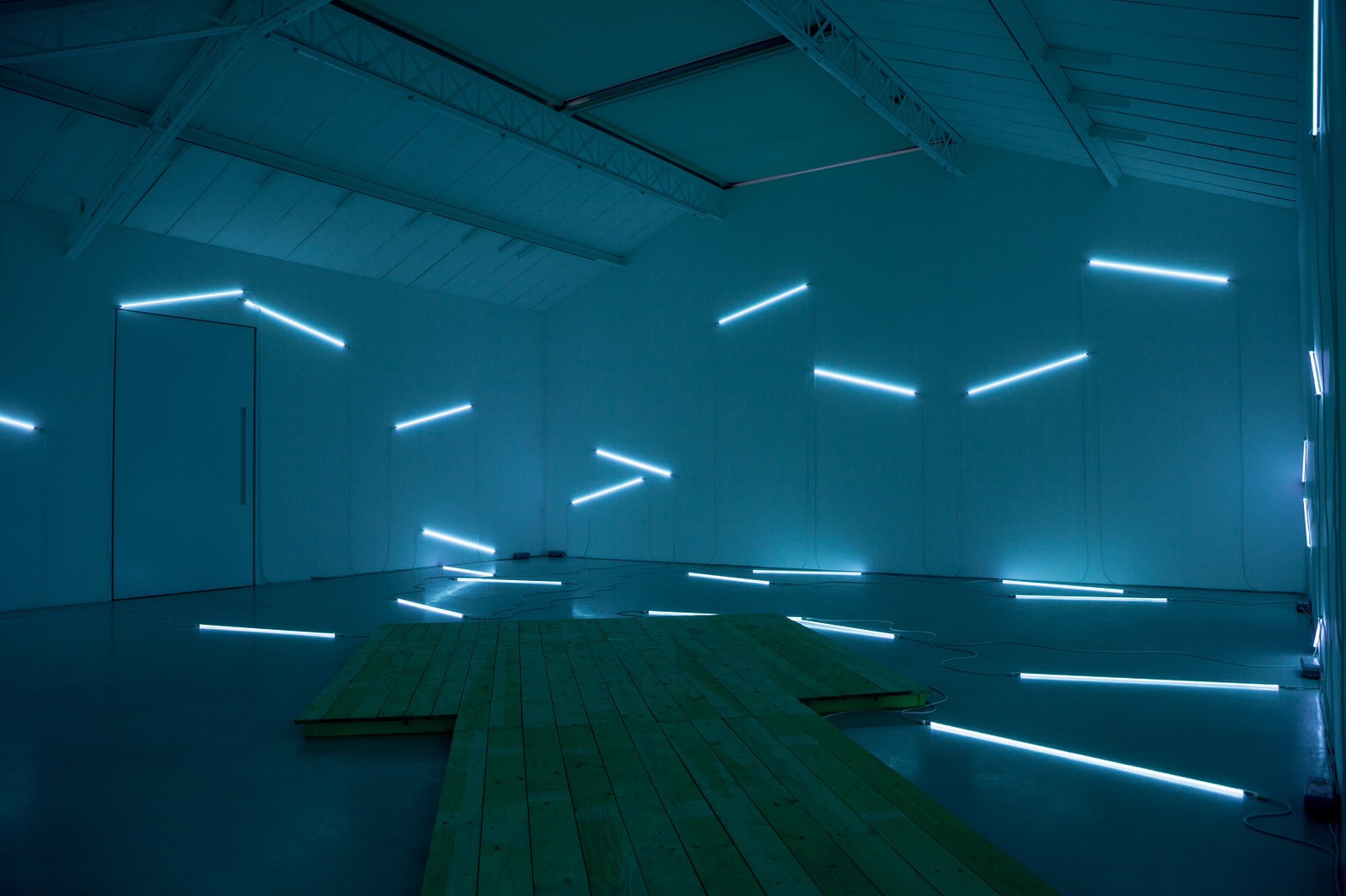

François Morellet, Pier and Ocean, 2014, 低限主义(Minimalism)强调从材料的物性出发,呈现物件的真实样貌,而非表现文化属性,开放作品自身在概念上的限制,让观众自主参与对作品的建构
Still Lifes, 6 Glass Cases Metal Resin Plexiglas Finds Wood, Galerie Benden & Klimczak, Cologne, Germany 1999
Balance, Luminous Foil and Inverter, Shunt, Courtesty Kinetica Museum Londn, 2008
Big Bang, Interruption, Metal, Wood, Plesiglas, Mirror LED, De Buck Gallery, NY, 2014
Point of View, Plexiglas, LED, Metal, DMX Controller, 2017
Bluerider ART “Beyond Light 光径- Hans Kotter 汉斯·卡特” 2021亚洲首个展,展出其近年不同系列作品:Cliffs 及Shifting structure系列,以几何元素呈现无限重複的光影;Double view系列,展示具有节奏感的图形雕塑,观众需要仔细检查,才能分辨虚实。针对「光线」在「空间」本身之转介,过去的 「光」是为了反射物体表面,而进入到人类眼睛产生的「光谱」,而在Kotter卡特 作品中,「光」成为本体,不为任何图案或对象而生,它产生炫目的色泽,无重量地悬浮在空中及牆面,拥有自主性。人造光,纵使在固定框架中,它的任务是给予空间更多的延伸。
Shifting Structure (Hexagon), 127 cm x 74 cm, 2020, 1+1AP, Video Screen, Plexiglas, Mirror, metal
Cliffs, 130 cm x 85 cm, 2018-19, AP_2+1AP, Metal, LED, DMX-Controller and Plexiglas
Double view, 2012, 90x60cm, 2AP_3+2AP, Plexigals, mirror, metal, LED color change, Remote
如同一位「白昼与黑暗的光行者」,Hans Kotter汉斯·卡特运用光的结构,将观众的视线拓展到新的高度。在白昼中,极简凋塑呈现着纯粹、乾淨的极致美感。而在黑暗中,是一种具世俗洞察力的隐喻。白昼与黑暗中窜流的光径,允诺每个人勇于诠释的自由。
看作品
艺术家Artist


Hans Kotter 汉斯·卡特
(Germany, b. 1966)
出生于德国巴伐利亚邦,就读纽约艺术学院(Art Students League of New York) 毕业于慕尼黑媒体设计学院。现创作居住于柏林。2004年被授予「德国巴伐利亚文化奖」Bavarian Culture Award, E-ON艺术建筑领域奖项。Kotter以灯光凋塑装置创作为人所知。曾任德国斯图加特国家艺术与设计学院讲师,2014年获得德国国际Unna灯光艺术中心的国际灯光奖项提名。德国着名艺术史学家Kai-Uwe Hemken 评论Hans Kotter 汉斯·卡特 作品:「Kotter 卡特 为观者提供了作品的维度,是批判性、自我反省、与洞察导向,同时重新呈现了现代主义的基本乌托邦。」德国知名策展人暨艺术评论家Peter Lodermeyer则形容Hans Kotter 汉斯·卡特作品「充满光的形式与镜面平滑的作品,总是闪闪发光地乾淨与纯粹」。Hans Kotter 汉斯·卡特目前持续在各国博物馆展出,包括德国里特博物馆、英国伦敦Kinetica博物馆、德国科隆应用艺术博物馆、德国科隆MAKK博物馆..等。作品由义大利TARGETTI光之艺术典藏、德国立陶宛博物馆、德国联邦议会等众多机构永久收藏。


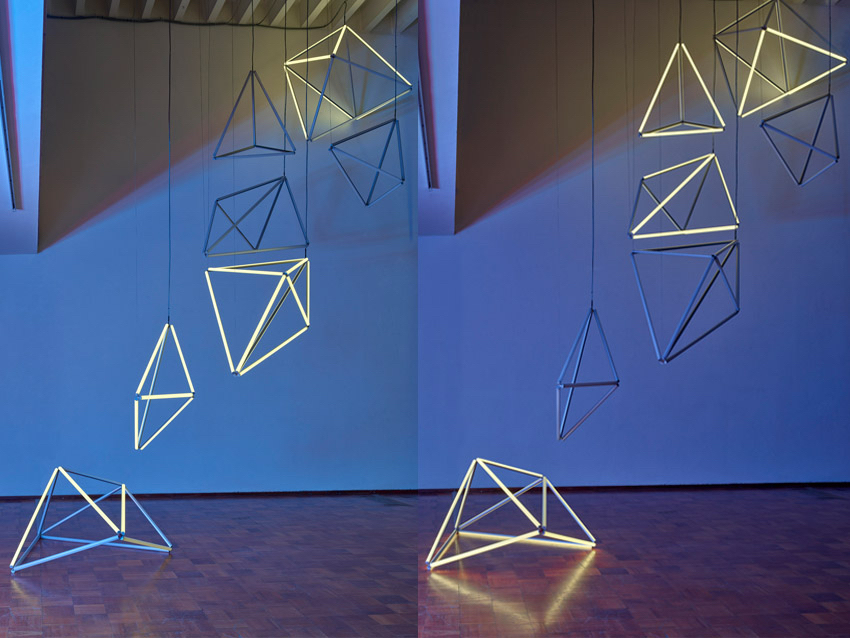

Hans Kotter 於2020年3.11-4.26 於德国科隆应用艺术博物馆(MAKK- MUSEUM OF APPLIED ARTS COLOGNE)展出个展 “Light- Colour- Space“
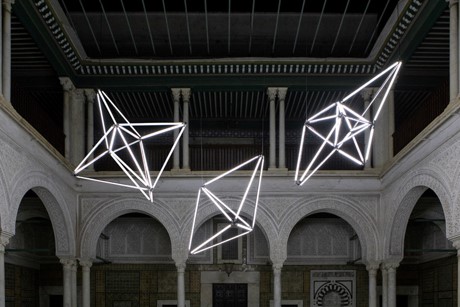



Hans Kotter 参与2018年突尼斯国际灯光艺术节 Interference
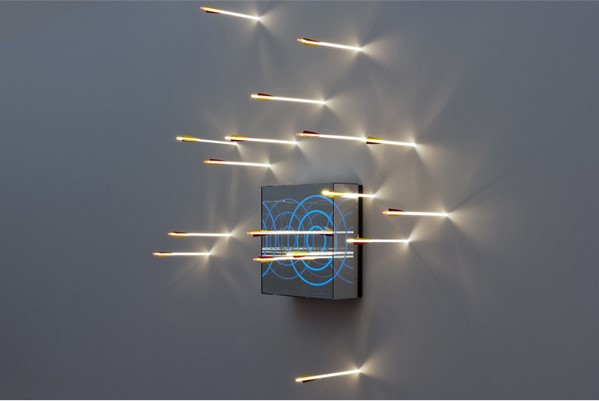

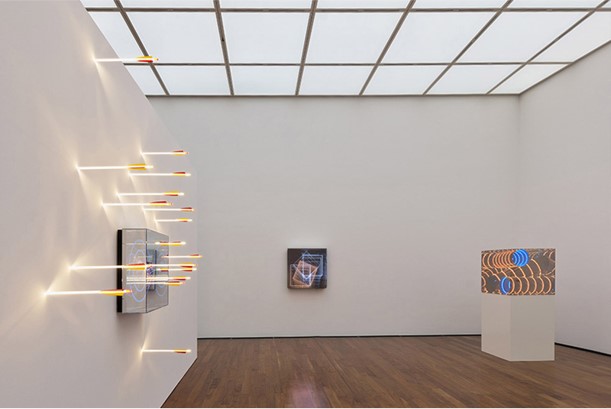

Hans Kotter 2016年於 德国 Museum Ritter 展出



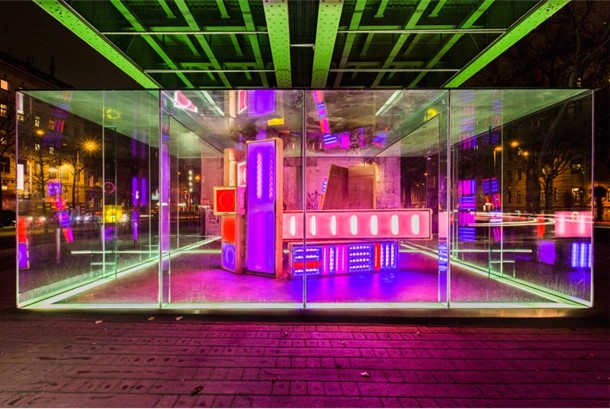


Hans Kotter 2013年於 维也纳Kubus Export 展出


Hans Kotter 2008年於伦敦地铁站 London Bridge Station 举办 Kinetica Museum, London开幕特展


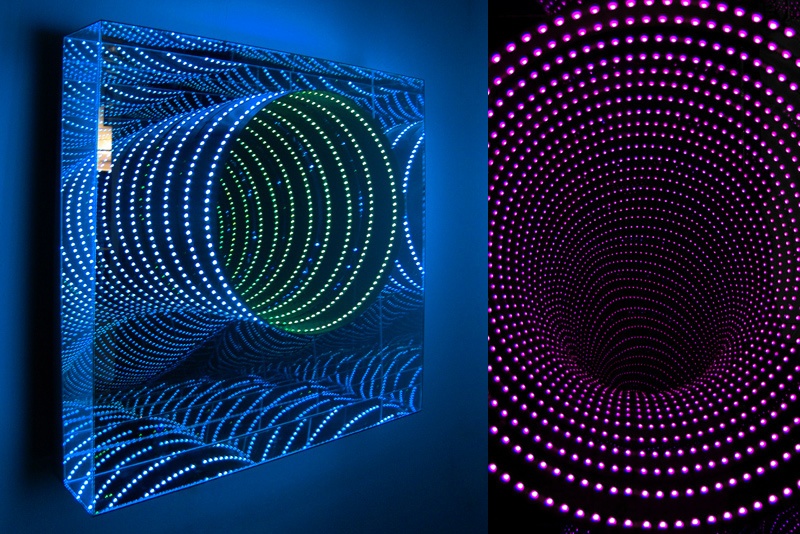

Tunnel View “Down Under”, Plexiglas, Metal, Mirror, LED Light with Colour Changes, 2011 (Museum Ritter收藏)






Hans Kotter 2008年於伦敦地铁站 London Bridge Station 举办 Kinetica Museum, London开幕特展
私人收藏 Private Collection
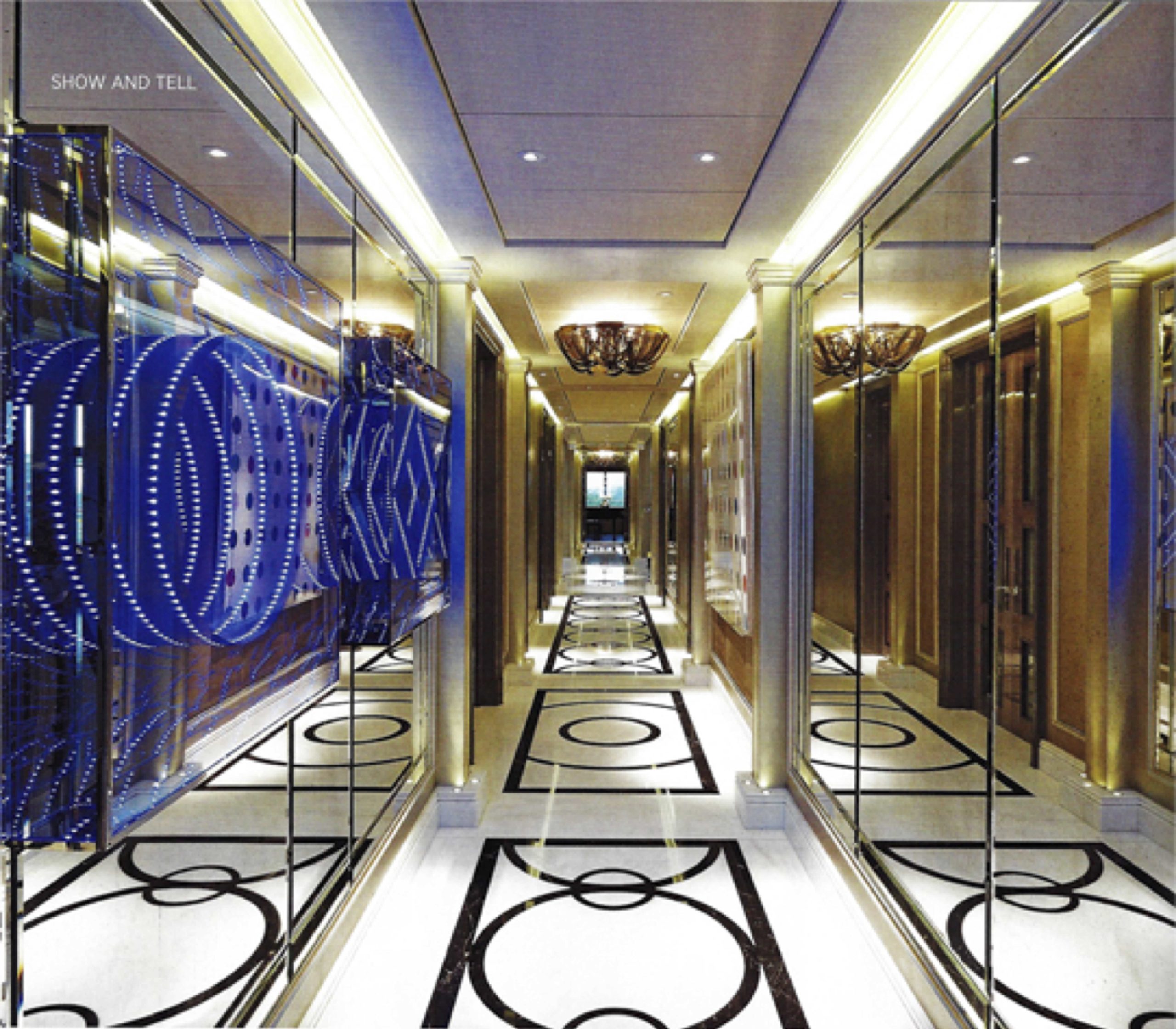



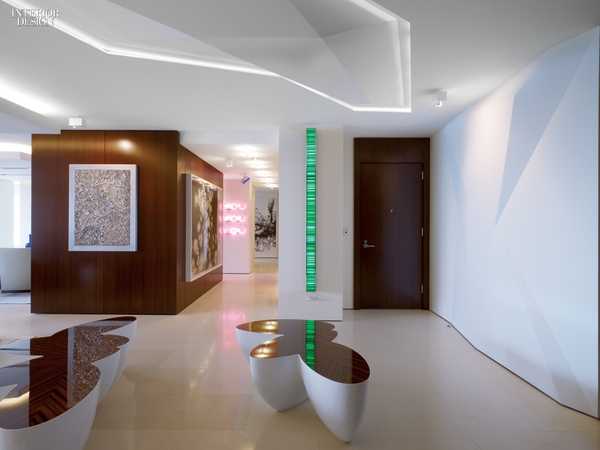

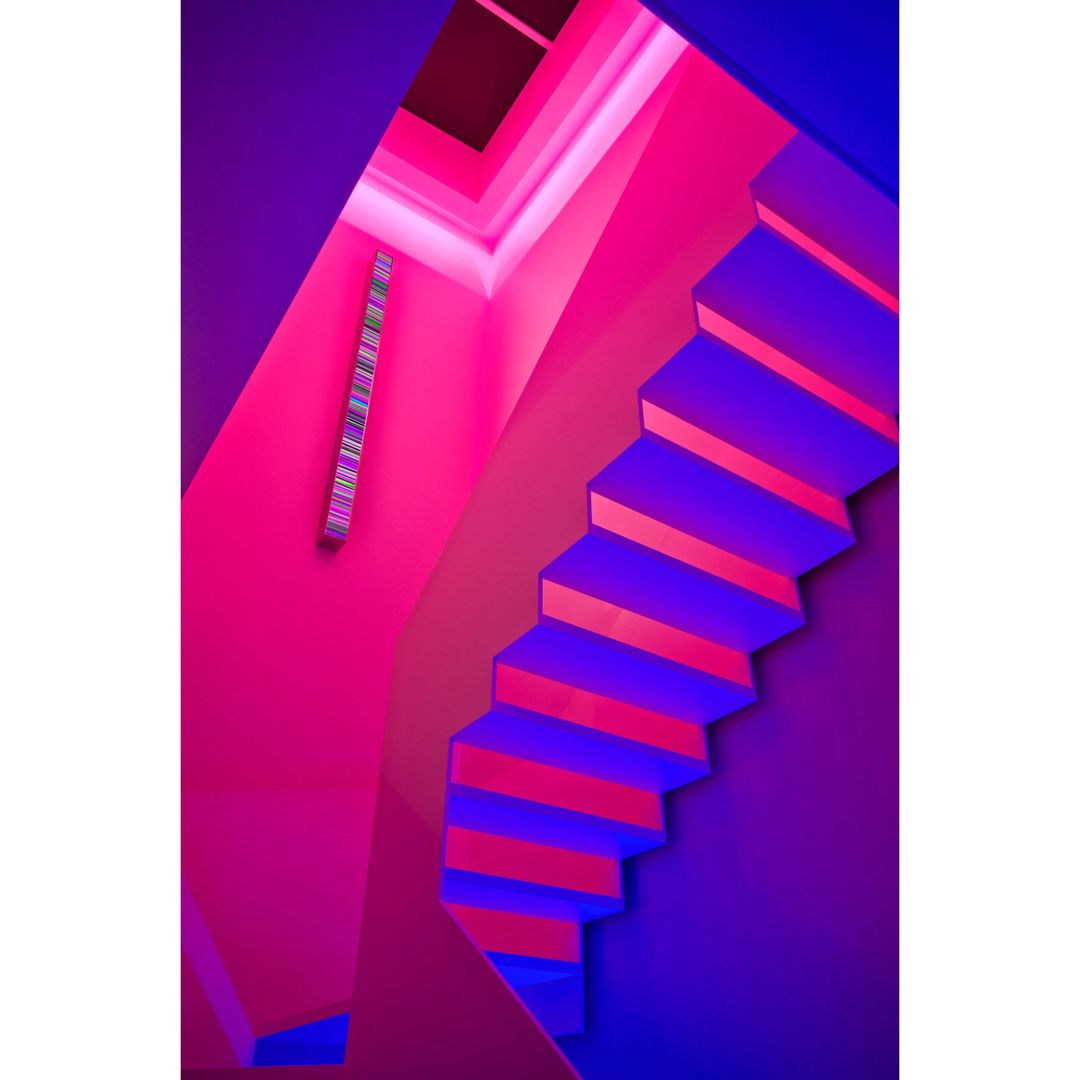

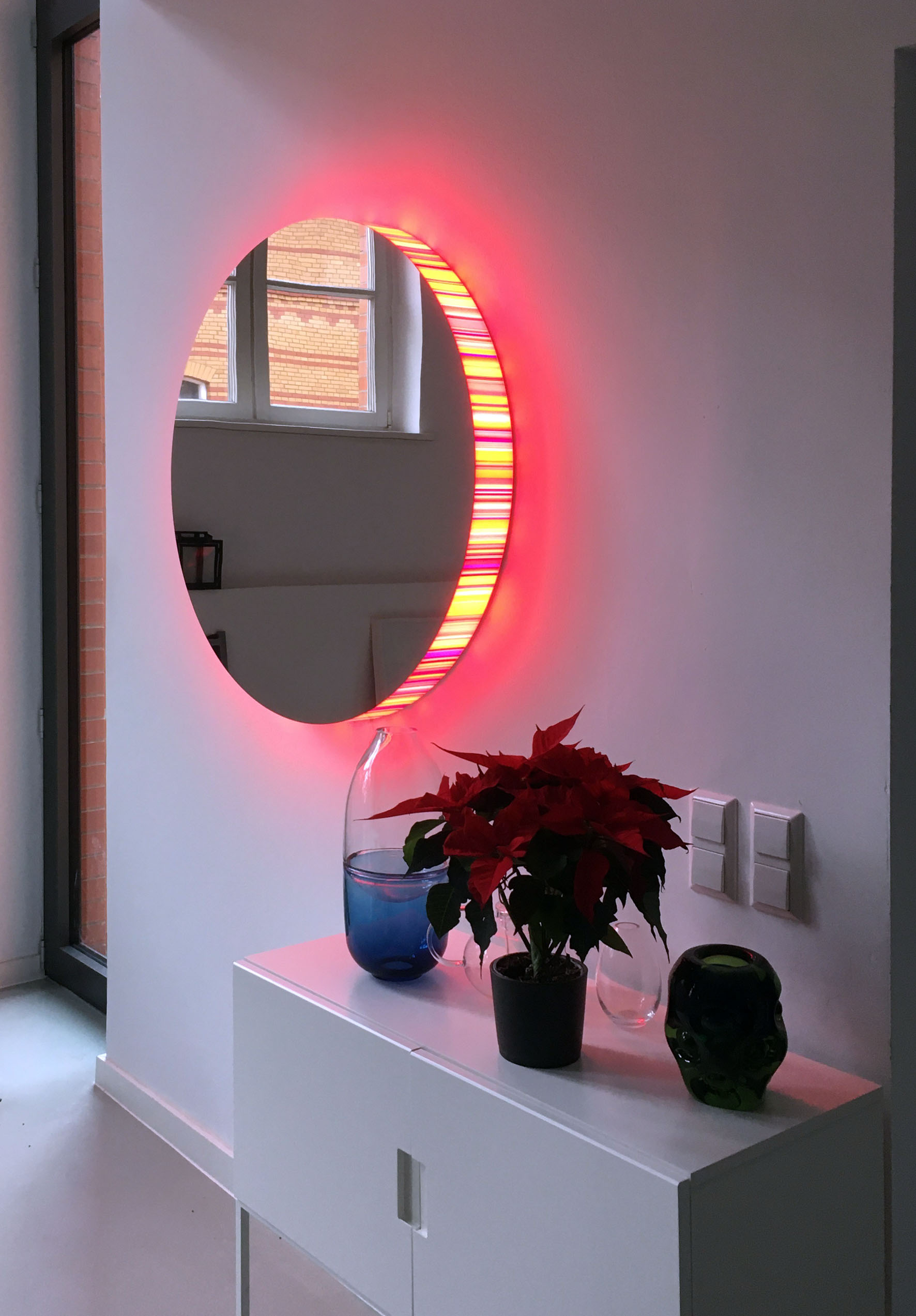

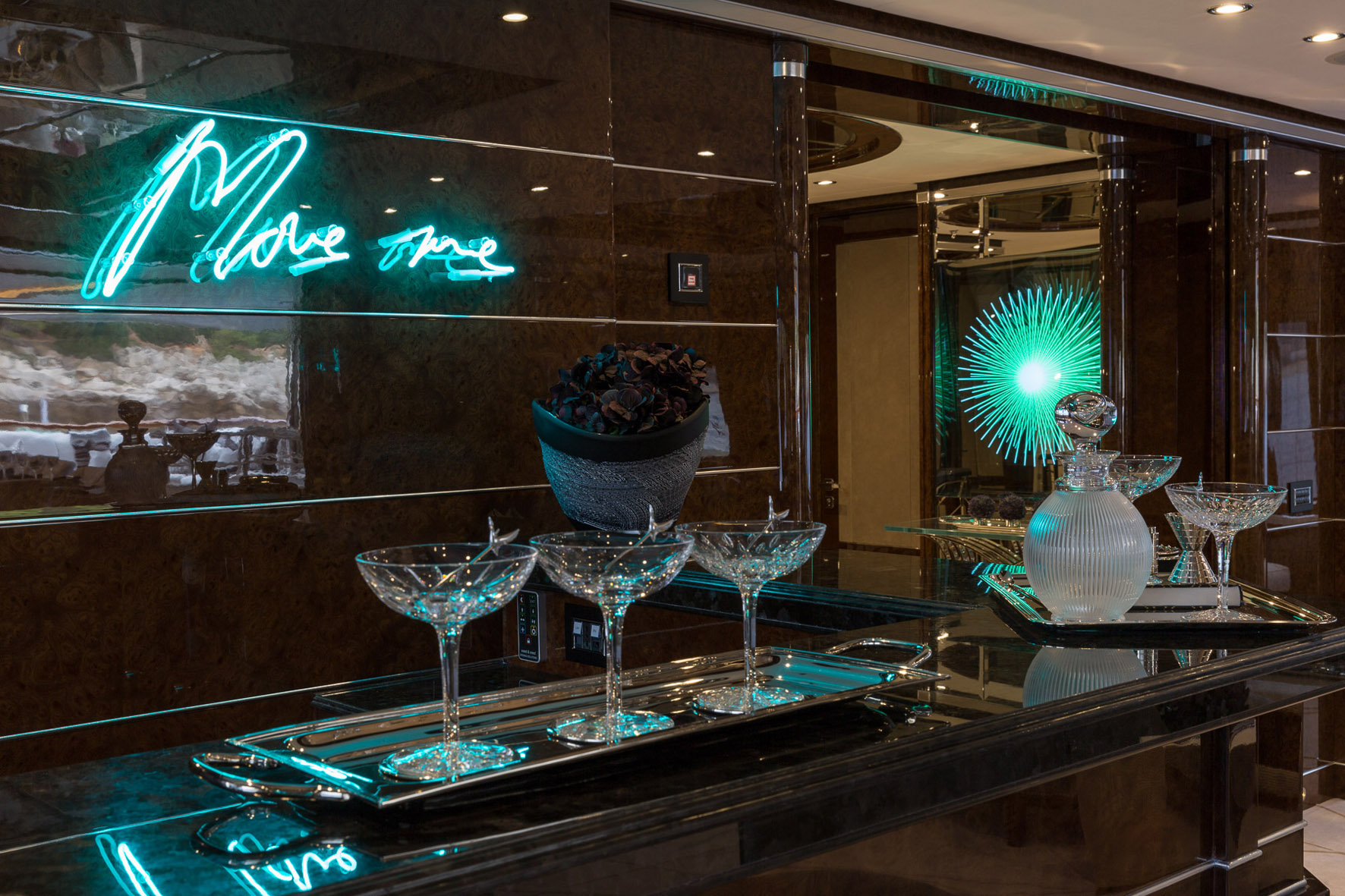



媒体报导 Press

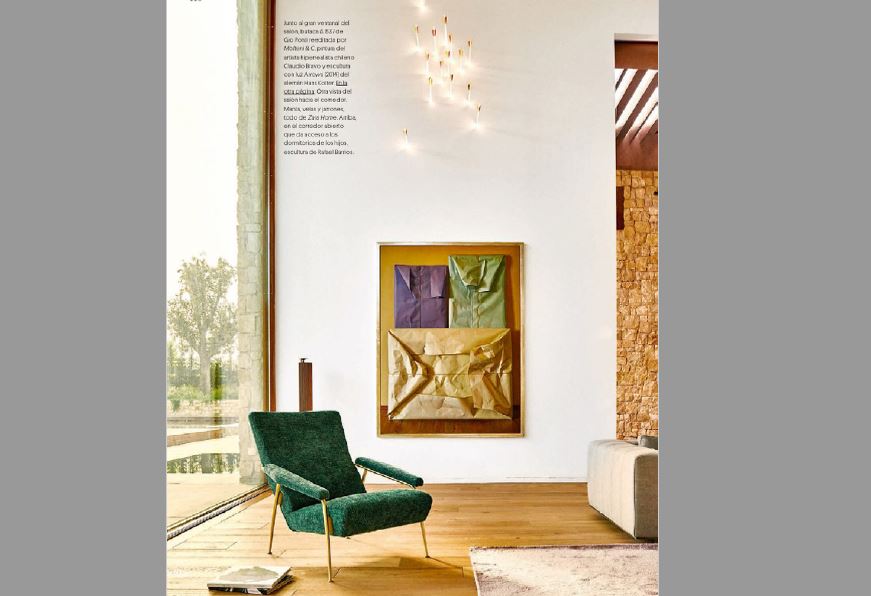
AD Spain 

G&G Magazine 
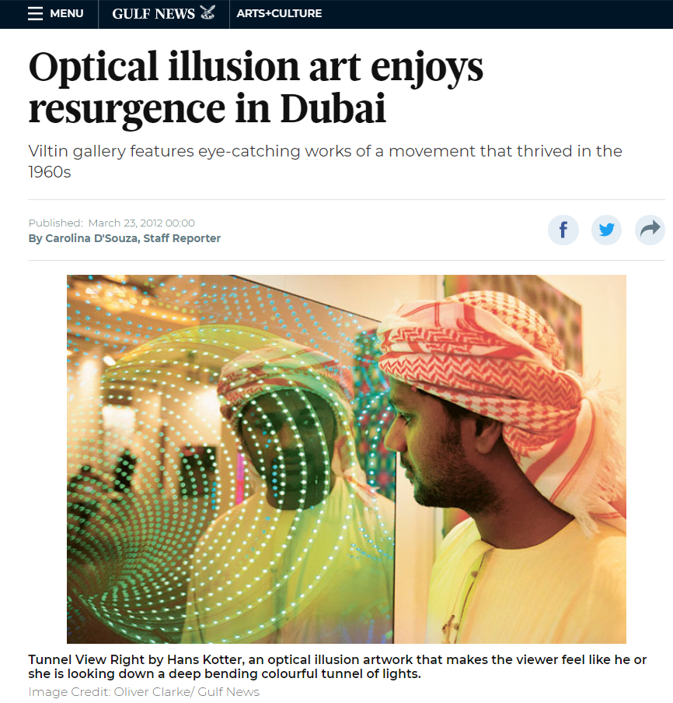
Gulf News:Optical Illusion art enjoys resurgence in Dubai 
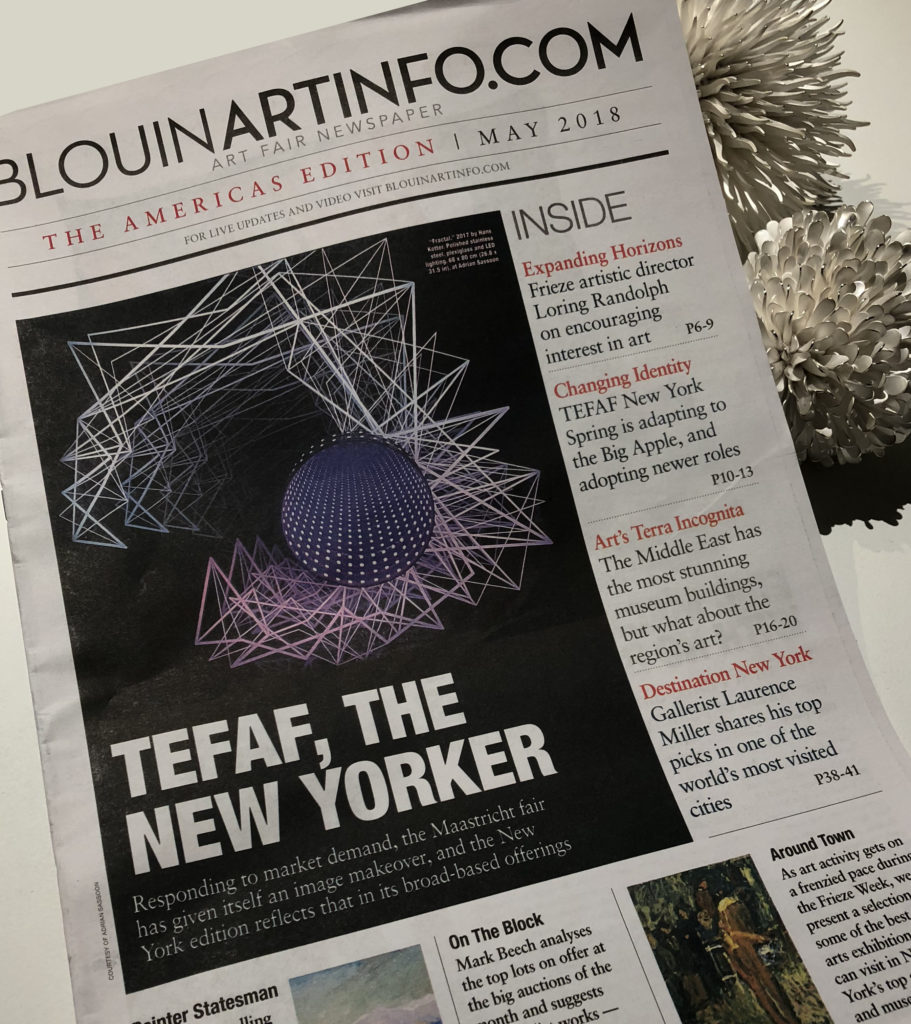
TEFAF NY 

Artam Gloab Art & Design
Hans Kotter
Germany, b.1966
2014 Nominated for the International Light Award, Centre for International Light Art Unna, Germany
2007 – 13 Lecturer at State Academy of Art and Design Stuttgart, Germany
2011 Artist in Residence, Art Radionica Lazareti, Dubrovnik, Croatia
2004 Bavarian Culture Award (E-ON), Germany
2001 – 03 MediaDesign Akademie Munich, Germany
1993 – 94 Art Students League, New York, studied with Bruce Dorfman und William Scharf
Selected Solo Exibitions
2021 Bluerider ART, Taipei, Taiwan, Beyond Light
2020 De Buck Gallery, New York, MAKK: Selections
2020 Light, Colour, Space, Museum of Applied Art, Cologne, Germany
2020 Futurs Antérieurs, La Chapelle, Chaumont – FR
2020 Regards d’Artistes, Château d’Aunoy, Champeaux – FR
2019 The Invisible Generation, Galerie Pascal Janssens / Keyes Art Mile,
Johannesburg – SA Crackography, Galerie Pascal Janssens, Gand – BE
2018 Leuchtende Unendlichkeit / Luminous Infinity, Galerie Michaela Stock, Vienna, Austria
2018 More Light, Stern-Wywiol Galerie, Hamburg
2017 Point of View, Patrick Heide Contemporary Art, London, Great Britain
2016 Beyond light, Samuelis Baumgarte Galerie, Bielefeld, Germany
2015 Beyond light, Bildraum 07, Vienna, Austria
2014 Light Flow, Galerie Nery Marino, Paris, France
2014 Interruption, De Buck Gallery, New York City, NY, United States
2013 Superposition, Galerie Michaela Stock, Vienna, Austria
2013 Replaced – light flow, Kubus Export, Vienna, Austria
2013 Light flow, Osthaus Museum Hagen, Hagen, Germany
2012 Home sweet home, Galerie Klaus Benden, Cologne, Germany
2012 In the flux, Galerie Nery Marino, Paris, France
2011 Light flow, Patrick Heide Contemporary Art, London, Great Britain
2011 Light sensitive, De Buck Gallery, New York, United States
2011 Point of view, Priveekollektie, Heusden aan de Maas, Netherlands
2011 Deflection, Studio d’Arte Contemporanea Pino Casagrande, Rome, Italy
2010 Transformation, Priveekollektie, Heusden aan de Maas, Netherlands
2009 Replaced, Patrick Heide Contemporary Art, London, Great Britain
2009 Replaced, Galerie Michaela Stock, Vienna, Austria, (catalogue)
2008 The very best…, Gallery Benden & Klimczak, Cologne, Germany
2008 Balance, Shunt London, Great Britain, with Kinetica Museum London, Great Britain
2008 Colour rush, Gallery Bernd Lausberg, Toronto, Canada
2007 Ccolour rush, Patrick Heide Contemporary Art London, Great Britain, (catalogue)
2006 Luminale Frankfurt, Germany – Biannual light culture festival, with Patrick Heide
Contemporary Art London, Great Britain
2006 Licht Farbe Raum, Gallery Bernd Lausberg, Düsseldorf, Germany
2005 Chromatic impulse, Berlinische Galerie with Company Spectral, Germany
2004 Balance, Raum für Kunst/Art space, Art Association Ravensburg, Germany
2004 Illuminations, Aedes, Berlin, Germany
2004 Macro landscape, Patrick Heide Contemporary Art, London, Great Britain
2003 Lichtecht/lightfast, Patrick Heide Contemporary Art, Frankfurt, Germany
2002 Light and colour, Bezirks Galerie Oberbayern/Gallery District Upper Bavaria,
Munich, Germany
2002 Beauty in plastic, City Museum Neuötting, Germany
2001 Blue line, Factory Pasinger, Munich, Germany
1999 Stillleben, Gallery Benden & Klimczak, Cologne, Germany
1998 Spurensicherung, City Gallery in the House of Culture, Waldkraiburg,
Germany
1997 Diary with sound-collage, Modern Theatre Munich, Germany
1997 Tagebuchnotizen, Gallery Hofmeisterhaus, Massing/Rottal, Germany
1994 Body language, Radio centre of Bratislava, Slovakia
1993 Stadtmuseum Waldkraiburg, Waldkraiburg, Germany
1993 Daydreams, Chuck Levitan Gallery, New York, United States
Collections
MAKK Museum, Cologne, Germany
Targetti Light Art Collection, Italy
Collection of the German Federal Parliament, Germany
Museum Ritter, Germany
Osthaus Museum, Germany
Kunstmuseum Celle, Germany
Villa Datris, Fonds pour la Sculpture Contemporaine, France
Borusan Art Collection, Turkey
Collection Fidelity Investment, United Kingdom & United States
Collection DEKA Bank, Germany
Collection Candy & Candy Hyde Park One, United Kingdom
Collection Ron Dennis, United Kingdom
Kinetica Museum, United Kingdom
Collection Jean et Colette Cherqui, France
Collection Ichikowitz, South Africa
Collection Aareal Bank, Germany
Collection Jan des Bouvrie, Netherlands
Collection Heubeck, Cologne, Germany
Topping Rose House’s Collection, Bridghampton, New York
Collection Gerald and Jody Lippes, Naples, FL, USA
University of Texas Southwestern Medical Center, Dallas, TX
AT&T Collection, Dallas, Texas
Public Art
2010 Warburg Pincus, Frankfurt, Germany
2009 Aareal Bank, Hamburg, Germany
2007 Booz Allen Hamilton GmbH, Berlin, Germany
Hotel Maximilian, Nürnberg, Germany
School in Bavaria, Germany
2005 Immobilien Investment Frankfurt, Skyper, Frankfurt, Germany
Derag AG, Hotel Kanzler, Bonn, Germany
2004 E-ON Bayern Regensburg, administration building, Regensburg, Germany
Neuga Bauträge, object at Burghauser-Tor, Neuötting, Germany
2003 DEKA Immobilien Investment Frankfurt, Leomax, Munich, Germany
Staatliches Hochbauamt Rosenheim, land surveying office, Germany
1999 Passauer Neue Presse, media center, Passau, Germany
1998 Stadt Burghausen, community center, Burghausen, Germany
Passauer Neue Presse, editorial office, Passau, Germany
1997 Wochenblatt Burghausen, editorial office, Burghausen, Germany
